Vjaceslav Fedorovic Korenev-Novorossijskij was a Russian painter and graphic artist mainly known for his seascapes. Born in 1868 in Novossiisk, Russia, Korenev-Novorossijskij began his artistic training at the Odessa School of Drawing, where he studied from 1886 to 1889. He then continued his training at the Imperial Academy of Arts in Saint Petersburg from 1889 to 1894. During his studies, he distinguished himself by obtaining a small silver medal in 1890. In 1894, he completed his academic career with the title of unclassified (free) artist, which gave him a certain artistic autonomy. His talent quickly manifested itself, since in 1892, while still a student, he already exhibited his works at the 20th exhibition of the prestigious Society of Traveling Art Exhibitions, thus demonstrating his early recognition in Russian artistic circles. In the 1890s, Korenev-Novorossijskij became an active member of the Society of Southern Artists of Russia, where he exhibited regularly until 1919. This affiliation allowed him to integrate into the regional artistic landscape and develop his style. His career took an adventurous turn when he enlisted as a sailor between 1894 and 1896 to travel to the Far East and Japan. This maritime experience probably influenced his work, since he specialized as a marine painter, a genre in which he excelled throughout his career. In 1896, he moved to Vinnytsia where he taught technical drawing at a real school (a secondary educational institution with a practical orientation). During this period, he also demonstrated his architectural talents by designing and building a mansion in the Art Nouveau style, illustrating the versatility of his artistic skills. In the early 20th century, in the 1900s, he taught at the Odessa Art School, contributing to the training of the new generation of Russian artists. Like many Russian intellectuals and artists, Korenev-Novorossijskij left his native country in 1919, following the upheavals of the Russian Revolution. His emigration path took him first to Romania, then to Bulgaria, where he settled in Varna and became the director of a high school. Sources differ as to his place of death: some indicate that he died on July 5, 1928, in France, while others give the date as December 5, 1928, in Shumen, Bulgaria. This uncertainty reflects the often difficult-to-trace fate of Russian émigré artists of this period.


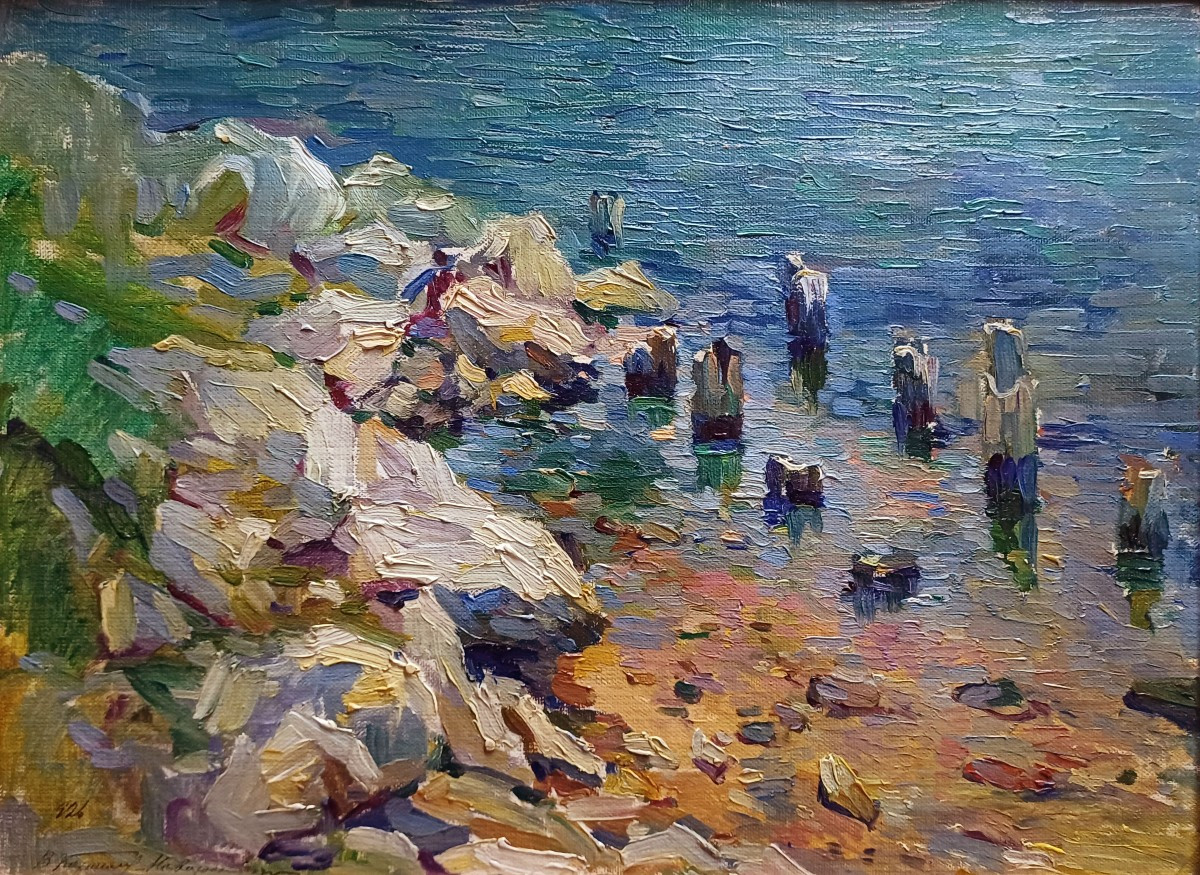

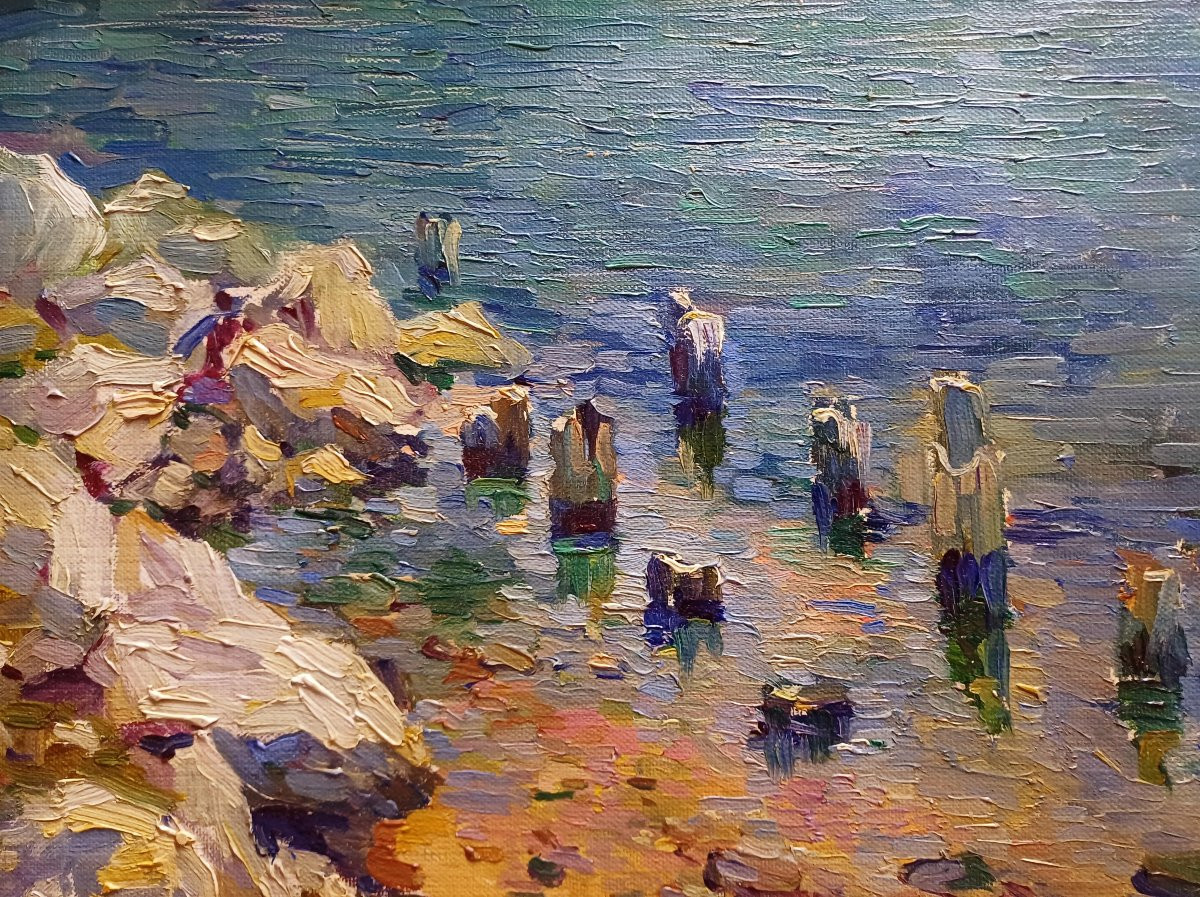

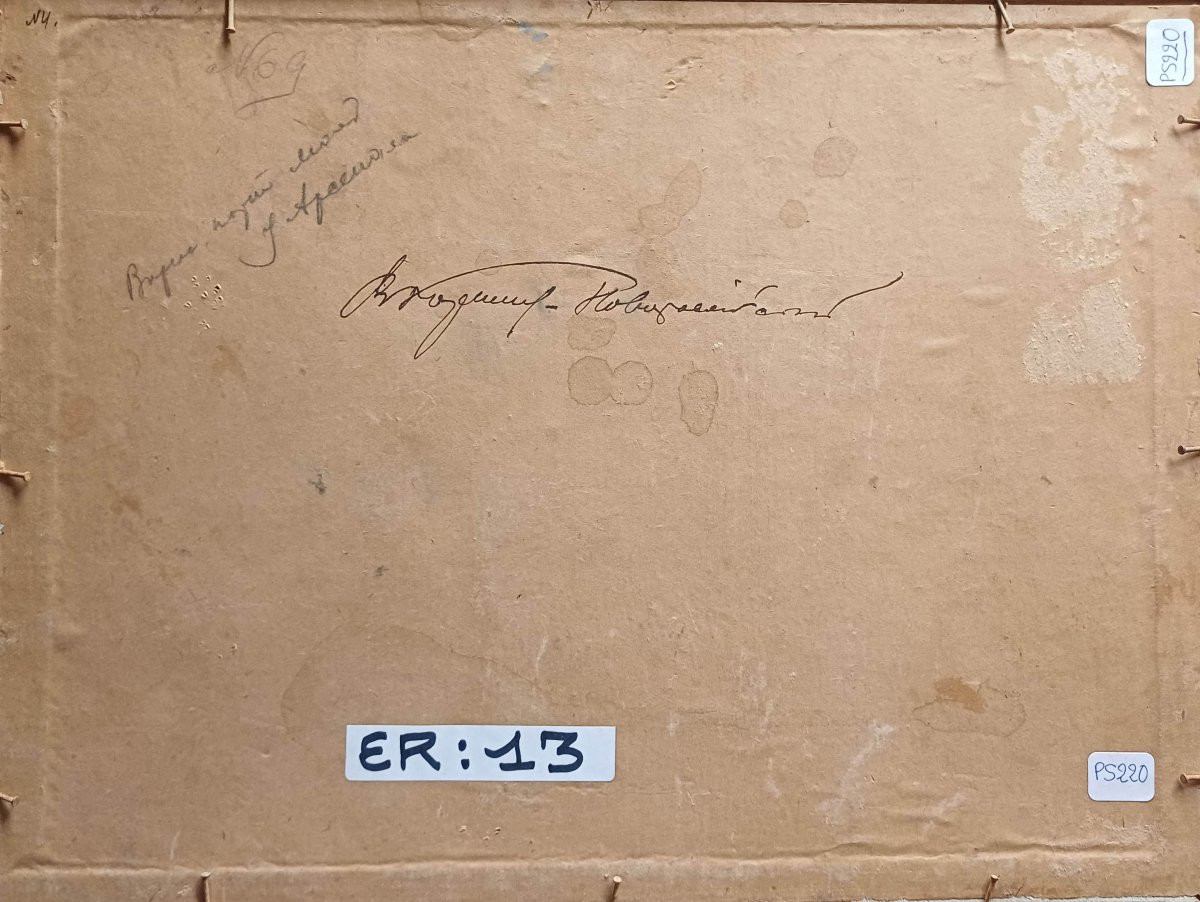









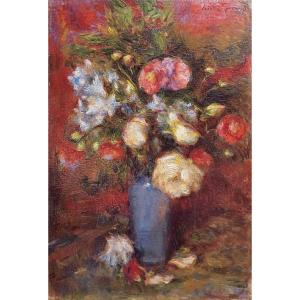
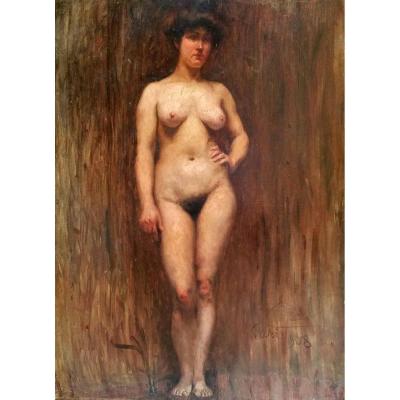
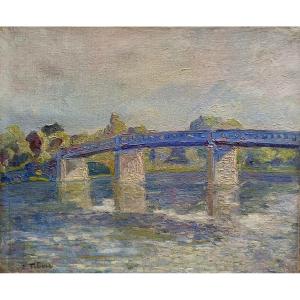
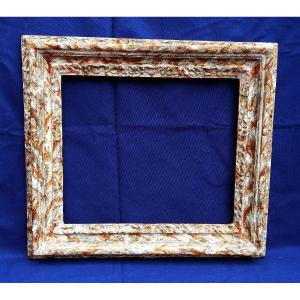
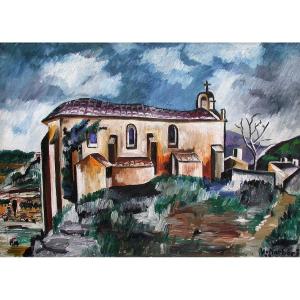
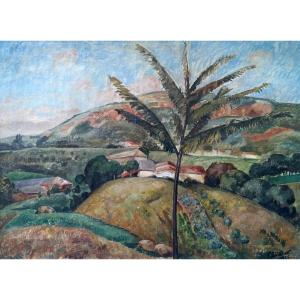
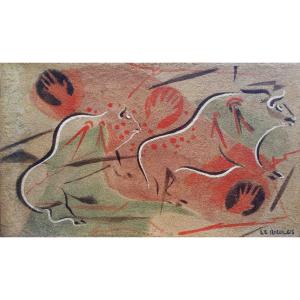
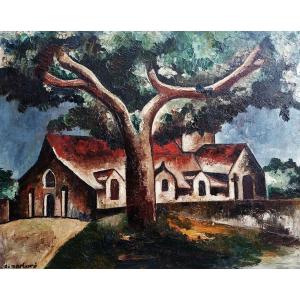



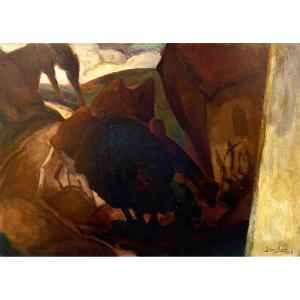
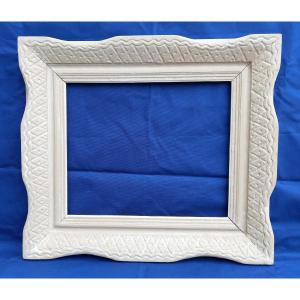
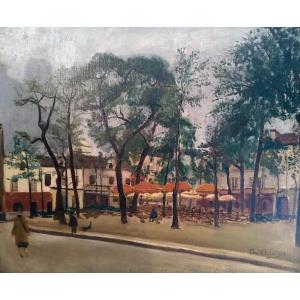








 Le Magazine de PROANTIC
Le Magazine de PROANTIC TRÉSORS Magazine
TRÉSORS Magazine Rivista Artiquariato
Rivista Artiquariato